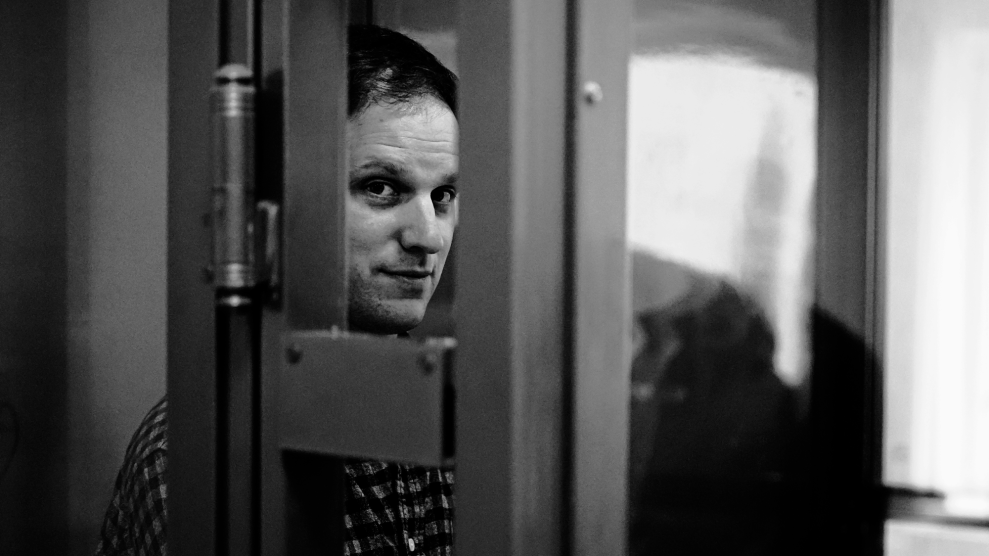For decades, a booming Hispanic population forced the U.S. to rethink its metaphors: If we’re a melting pot, why won’t Latinos melt? Cut to 2000. We’ve become a nation obsesionada with everything from Jennifer Lopez’s navel to Santana’s Supernatural staying power. As this sampling attests, writers, musicians, and filmmakers have thrown Hispanic and U.S. cultures into the blender, and audiences — both Latino and Anglo — are sipping the bilingual, bicultural concoction con sabor.
Magical Urbanism: Latinos Reinvent the U.S. City
Mike Davis
New York: Verso, 2000. With 32 million Hispanics, the United States is now the fourth most populous Latin American nation — trailing only Mexico, Colombia, and Argentina. Most U.S. Latinos have settled in our inner cities, Davis writes, reinvigorating blighted neighborhoods and forever changing the face of urban politics. A word of caution: If you don’t know a municipio from a colonia, you’ll need a bilingual dictionary to navigate this colorful, scholarly book — and the cities it highlights.
Bi
Pastilla
BMG, 1998. Alternative L.A. roqueros Pastilla released the appropriately titled song “Bi” on their album, Vox Electra. The bilingual single overlays two sets of lyrics — one in Spanish, one in English — to create what one rock critic dubbed a “word-twisted audio helix.” But any confusion is easy to unravel: Fade out one speaker and tune in to the language of your choice.
Bodega Dreams
Ernesto Quiñonez
New York. Vintage, 2000. What makes this debut novel sizzle is Quiñonez’s mastery of bilingual barrio-speak. Fortunately, the author problem-solves for monolingual readers along the way. When Chino, the main character, says “[Sapo] was still my pana, my main mellow man” — regardless of whether you translate pana as bro, pal, or homeboy — you know exactly how he feels about his friend.
Diccionario de Spanglish
Nelson Gonzalez
members.tripod.com/~nelson_g/spanglish.html. This homespun online dictionary celebrates the linguistic aberrations born from the mezcla of Spanish and English. Each entry gives a Spanglish coinage and its equivalents in the two mother tongues. Though there are some clunkers (quarter becomes cora), the new word often seems an improvement on its derivatives: glass + vaso = glasso.
Americanos: Latino Life in the United States
Susan Todd and Andrew Young
81 minutes. HBO Studio Productions, 1999. Americanos guides viewers on a tour of Latino North America. The itinerary includes a visit to the Nuyorican Poets Café in Manhattan to hear boho Spanglish verse; to a lowrider competition outside Chicago to watch some “car dancing”; and to a late-night lounge act by comedian and pompadoured impersonator, El Vez. This playful documentary celebrates the surprising diversity — ethnic, racial, and cultural — of Latino U.S.A.











